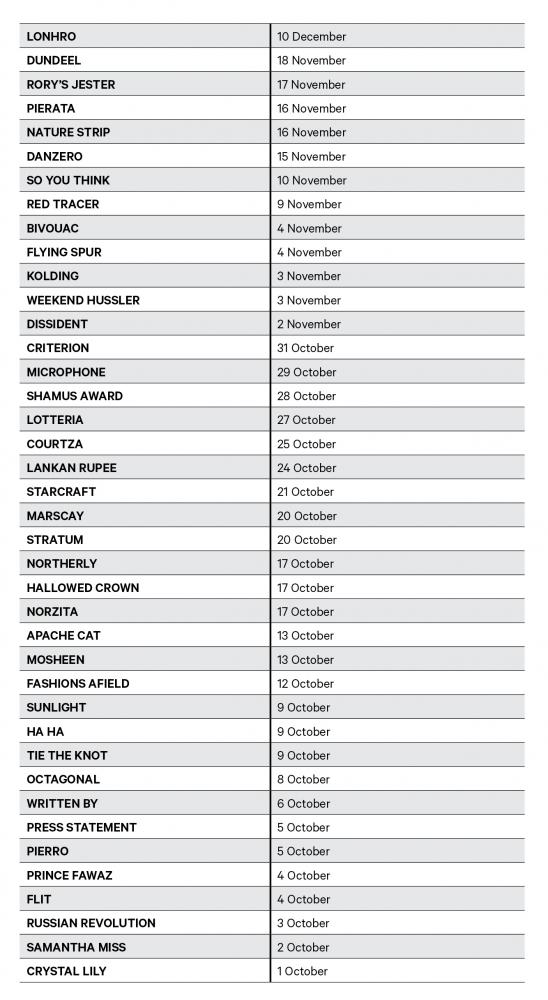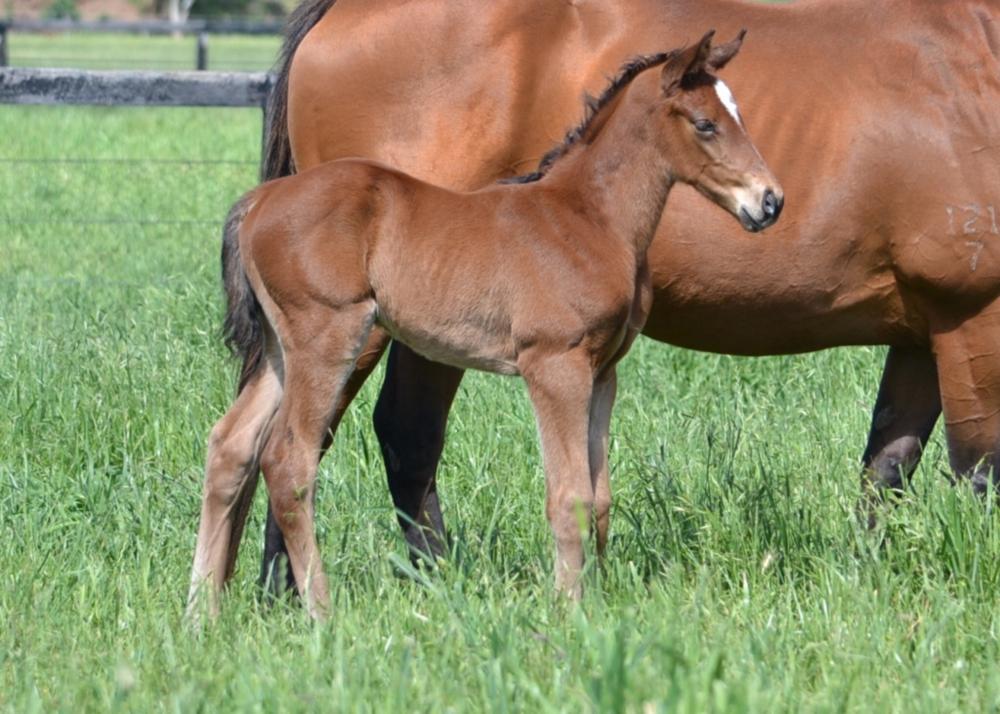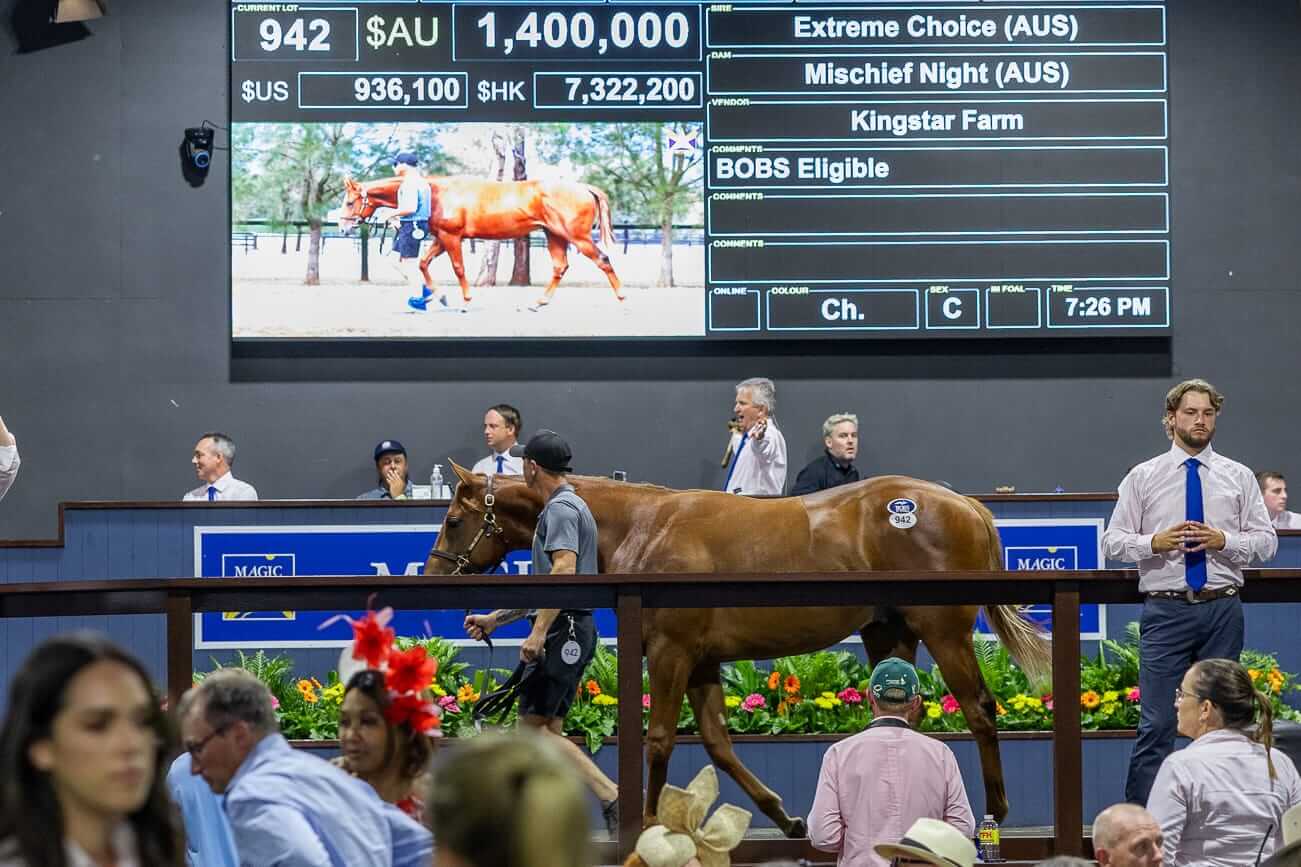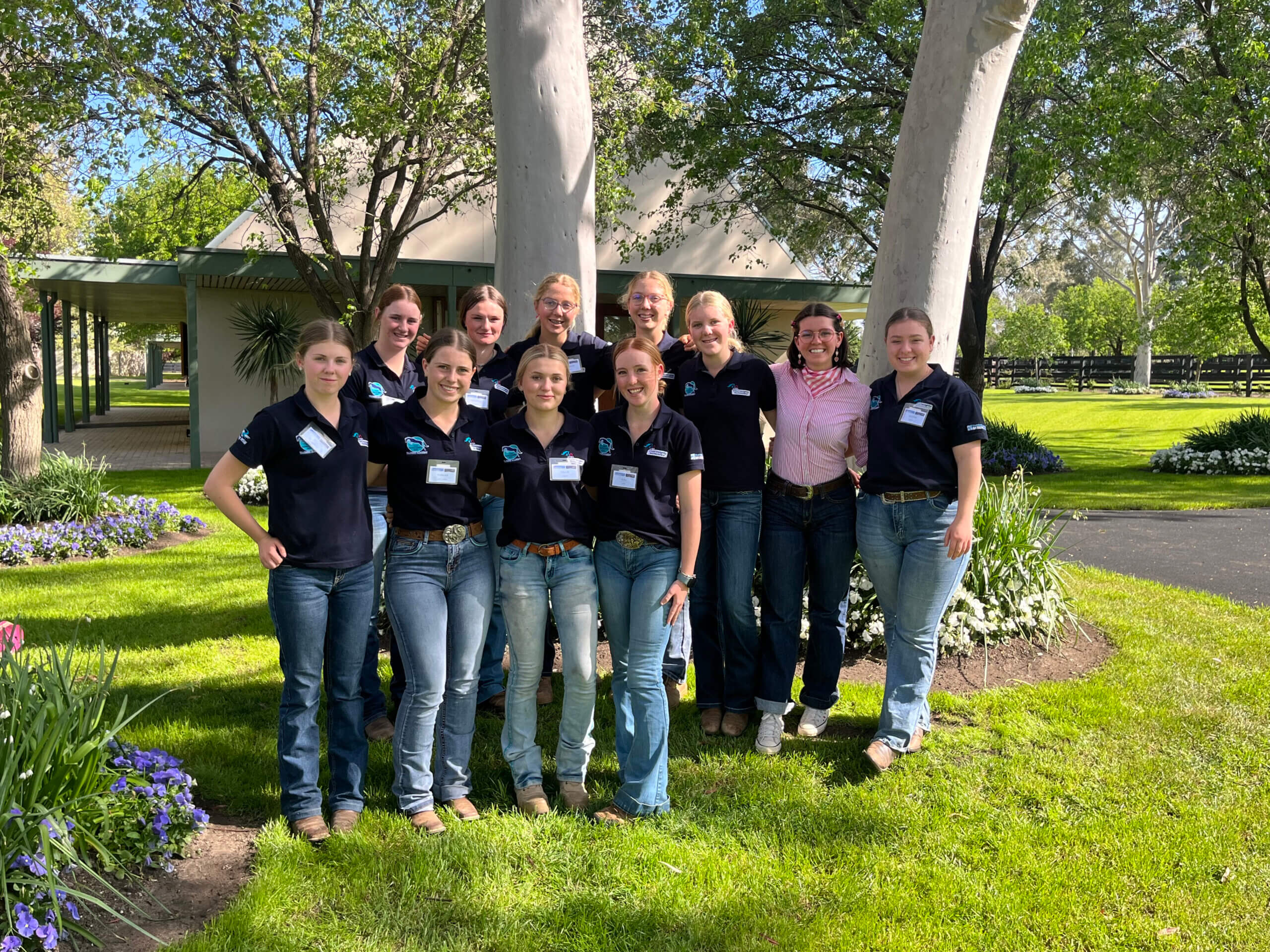It’s about now that breeders sometimes begin to fret about missing the chance for a September foal, because their mares haven’t conceived during October.
It’s an understandable concern, especially for commercial breeders, because there’s a widespread perception that yearlings born in October, November or, heaven forbid, December are marked down in the marketplace.
And that’s because later-born horses are believed to take time to catch up to their early-born peers which disadvantages them, particularly as juveniles, when most Australian owners & trainers want horses to begin racing.
But how well-founded are these assumptions? Let’s take a look first at a list of Champions and past & current Group 1 winners born from 1 October to 10 December:
It’s far from a definitive list but it does include several horses that were the best 2YOs of their year, as well as horses who blossomed as 3YOs and trained on. This suggests that birth-date shouldn’t be given too much weight as a limitation on class and natural athletic ability.
Looking next at Arrowfield’s most recent stakes-winning graduates, offered at the 2013-18 Inglis Easter, Magic Millions Gold Coast, Inglis Melbourne & Inglis Classic Sales, we find that 18 (33.3%) of our 54 Stakeswinners and 5 (29.4%) of our 17 Group 1 winners were born in either October or November. The five later-born Group 1 winners are:
Champion 2YO Colt INVADER – foaled 1 October
Caulfield Guineas winner SUPER SETH – 3 October
Two-time Group 1 winner KENEDNA – 4 October
Champion 2YO ESTIJAAB – 10 October
Oaks winner ABBEY MARIE – 12 November
But what percentage of Arrowfield’s foals are born on or after 1 October?
Taking four recent crops 2015-18 as a representative sample, 366 (35.5%) of the total 1030 foals born on the farm arrived during that later part of the season. So this group seems to be providing a proportion of Arrowfield stakeswinners that more or less matches their representation among our foal crops.
Finally, and importantly for commercial breeders, how do buyers assess yearlings with later-season birth-dates? One way of measuring this is to look at the 59 $1 million+ yearlings Arrowfield has sold since 2001.
It turns out that 14 (23.7%) of those yearlings were born in October, November or December. They include sale-topper Groundswell (bought for $2.3 million with a 26 October birthday, and now a Group 1 performer as a Spring 3YO); Golden Slipper-winning filly Estijaab ($1.7 million, 10 October); Group 3 2YO winner Stronger ($1.05 million, 28 October) and Listed winner Estee ($2.1 million, 15 November).
So a later birth-date does not appear to be an automatic reason for deleting a yearling from the bid-lists of the industry’s leading buyers working at the top of the market.
That’s supported by a broader view of the current yearling market, based on the 10 top-priced lots as listed online for the 2019 Inglis Easter, Melbourne & Classic Sales, and the Magic Millions Gold Coast, National, Adelaide, Perth & Tasmanian Sales. This shows that 27 (33.7%) of those 80 horses have birthdays after 30 September.
Group 1 Winner and October born Arrowfield graduate Super Seth pictured as a foal.
Article | Courtesy of Arrowfield





